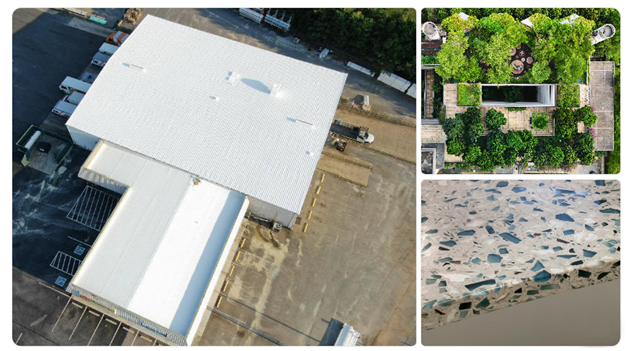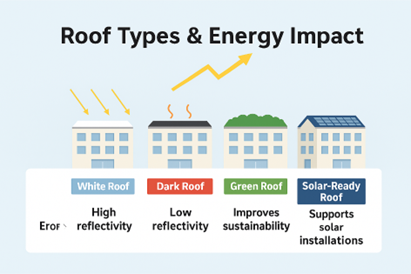
As environmental mandates gain traction across the U.S., sustainability is no longer just a design choice — it’s a compliance and competitive issue. For trades like drywall, flooring, painting, roofing, countertops, and MEP, evolving codes and green material preferences are reshaping how projects are specified, priced, and won.
Whether you’re a subcontractor looking to meet LEED requirements or a GC bidding municipal work, understanding how green trends affect scope, cost, and compliance is essential. That’s where Pinnacle Estimating Services comes in — giving you accurate, tailored estimates that reflect today’s shifting standards.
What’s Changing in the Materials Landscape?
Let’s take a look at some key shifts affecting the trades:
Green Drywall & Paint Finishes
Manufacturers like Cambridge Drywall are pushing recycled-content gypsum boards with enhanced moisture resistance — perfect for commercial bathrooms and high-humidity areas.
Paints are following suit. Low-VOC, antimicrobial coatings are now the norm, enhancing indoor air quality without sacrificing durability or color depth (Reliant Construction).
Eco-Friendly Flooring
According to Summit Flooring, the fastest-growing commercial options include:
- Cork & recycled rubber tiles
- Bio-based terrazzo
- Porous tile with low embodied energy
These materials help meet city and state green codes while giving projects a strong “eco-profile” for proposal scoring.
Countertops Go Circular
Recycled glass and porcelain stone slabs are replacing traditional granite in many commercial interiors — reducing carbon impact while meeting aesthetics and durability needs.
Roofing & Reflectivity
From hospitals to airports, roofing is undergoing a green revolution. New white membranes, reflective coatings, green roofs, and solar-ready surfaces are helping contractors:
- Comply with energy codes
- Lower HVAC loads
- Win government rebates

Lifecycle Costs — Not Just Material Costs
One mistake we see often? Estimators pricing “green” materials like traditional ones — ignoring long-term savings or hidden compliance costs. Below is a snapshot comparison that shows why this matters.

Granite may cost less up front, but over 20 years, recycled glass or laminate can deliver a better value story to owners and developers.
What Pinnacle Estimating Offers
At Pinnacle, we don’t just estimate — we empower. Our estimation process is designed to integrate any product spec or sustainability requirement you provide.
| Challenge | Pinnacle’s Advantage |
| Rapid product/code evolution | We stay up to date with emerging material types and new municipal/state code changes |
| Jurisdiction-specific codes | We localize our takeoffs to reflect regional mandates (e.g., reflectivity or VOC levels) |
| Premium pricing for green options | We flag and quantify any “green deltas” for materials or labor in your proposals |
| Owner-specific product requirements | We ensure scope alignment with bid specs—avoiding costly change orders later |
You give us the specs. We’ll provide the precise, updated, and tailored takeoff to match.
Why It Matters in 2025 (and Beyond)
- Green building mandates are tightening – from California to New York.
- Clients expect sustainable options – especially in schools, hospitals, and public bids.
- Incorrect estimates kill margins – failing to include sustainable spec costs can undercut your bid.
- Accurate takeoffs save time – and give you an edge in competitive environments.
Call to Action
Let Pinnacle Estimating Services be your behind-the-scenes partner for every green spec, code update, and materials shift.
📞 Talk to our team today about your next flooring, drywall, MEP, paint, or roofing project — and get takeoffs that are not just accurate, but code-smart and future-ready.
📧 info@pinnacle-cst.com
🌐 Visit our site to upload your plans and get started.





